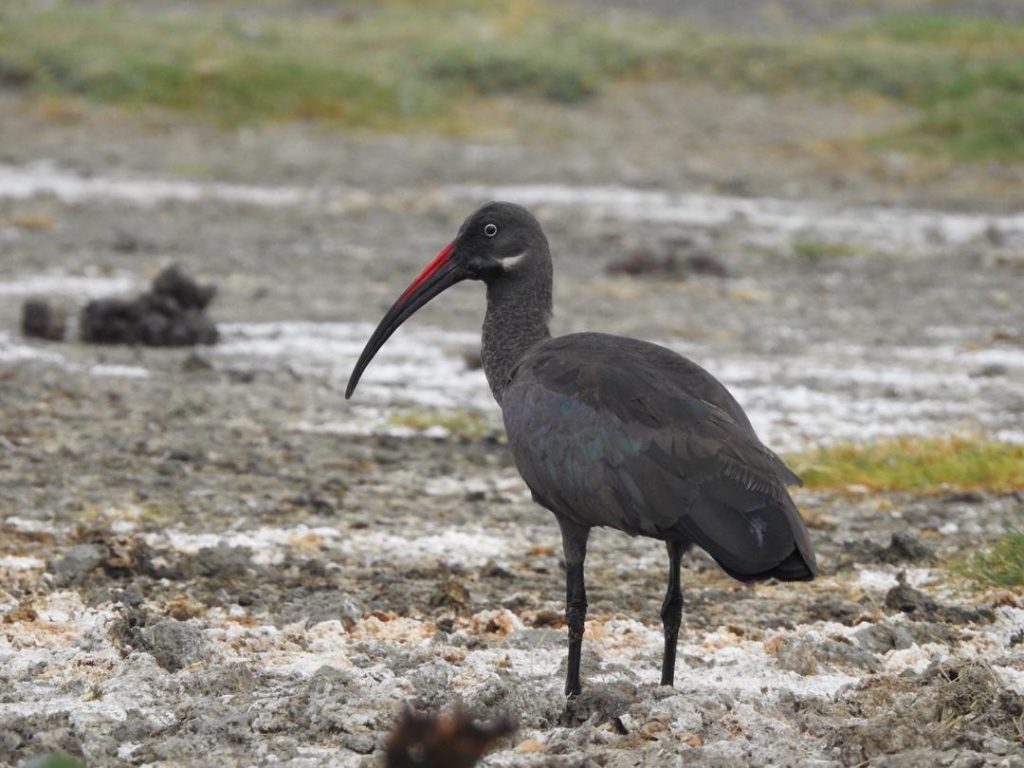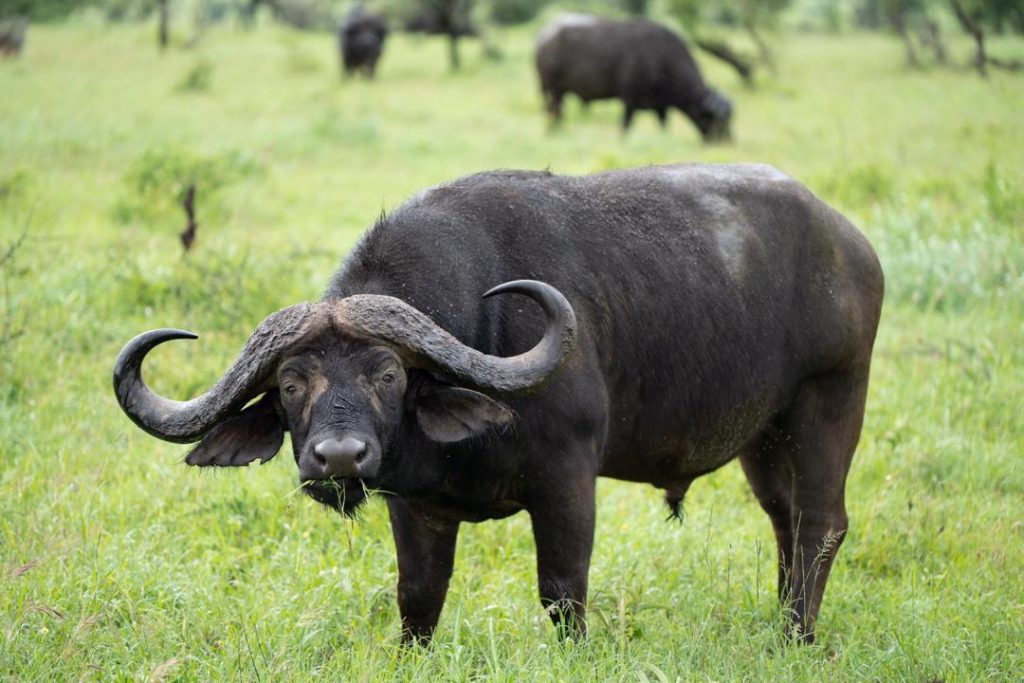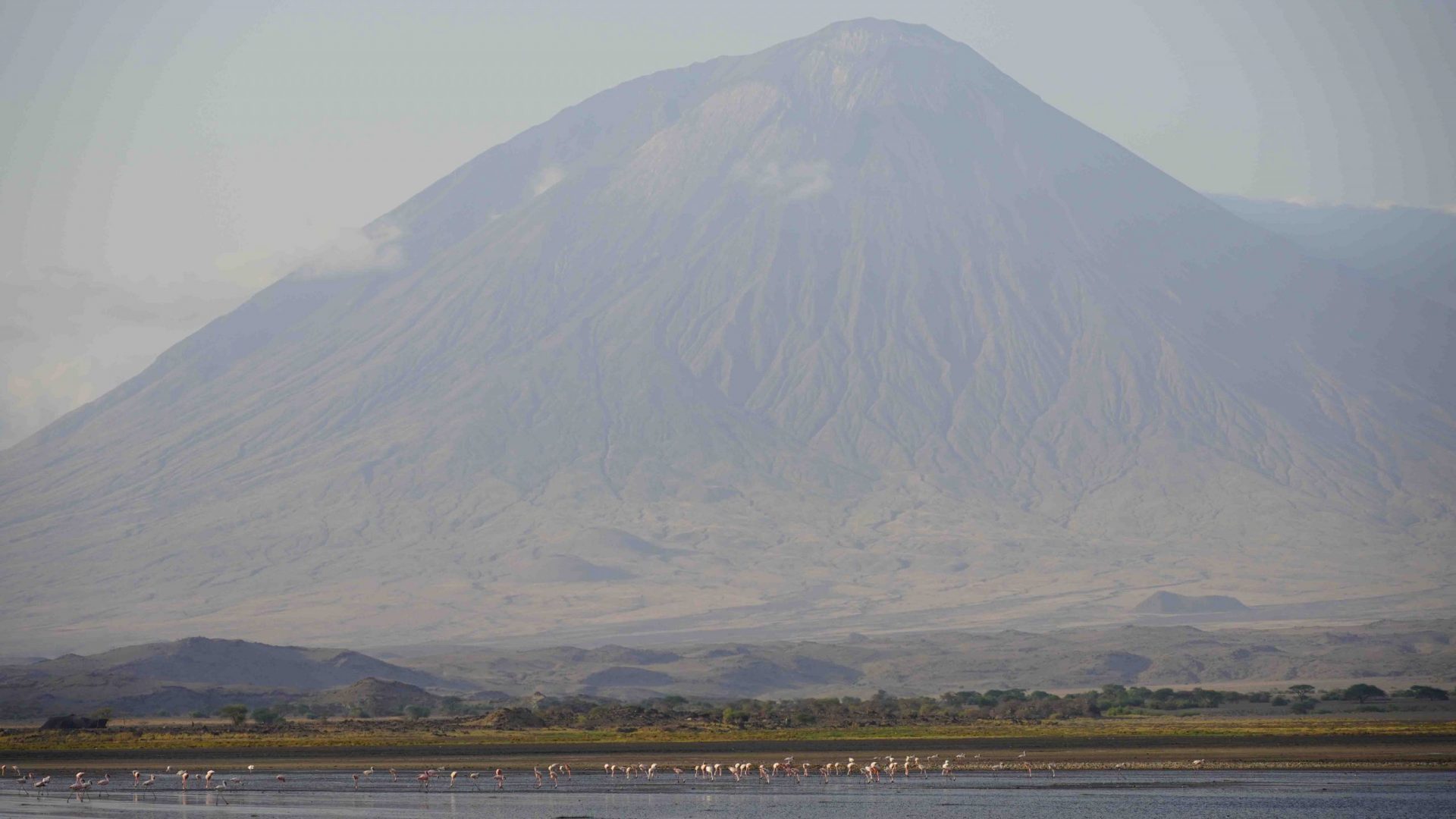The northern tourism circuit is by far the most popular safari circuit in Tanzania, comprising most of the must-see destinations in the country.
If you’re a first-time visitor to Tanzania, this is where you want to be. The circuit starts in Arusha and includes, from east to west: Arusha National Park at the foot of Mount Meru, Tarangire National Park 110km southwest of the town of Arusha, Manyara Ranch between Tarangire National Park and Lake Manyara National Park, Lake Manyara National Park at the bottom of the Gregory Rift, the Ngorongoro Conservation Area (which includes the famous Ngorongoro Crater, the Empakaai Crater and the southern Serengeti plains of Lake Ndutu), and the Serengeti National Park that stretches north to the Tanzania/Kenya border.







